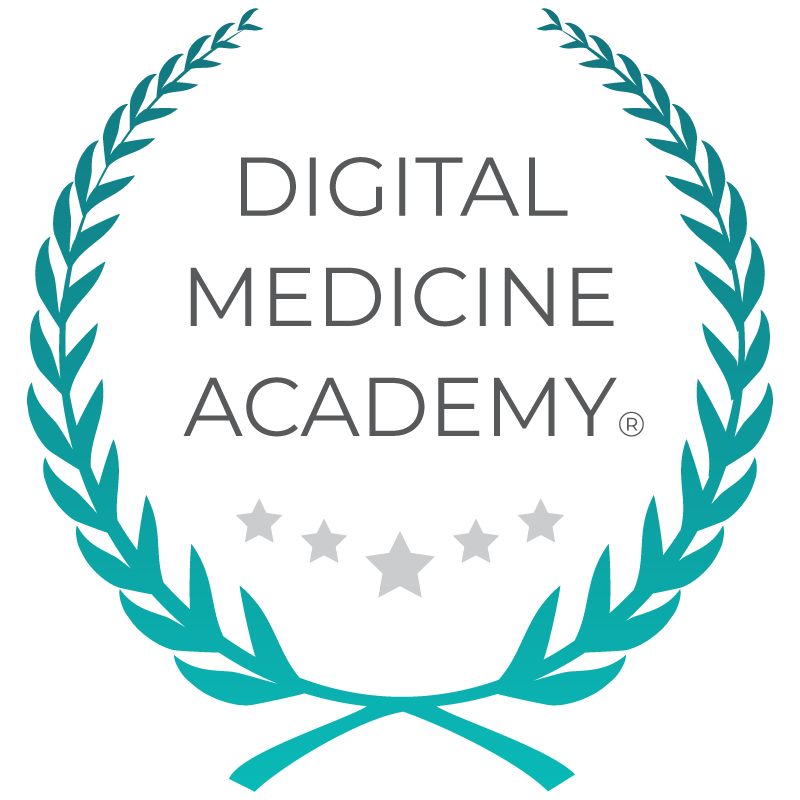DIME PROJECT

Implementing AI in Healthcare
Your procurement path: Build, buy, or partner?
Many health systems are leaning toward building or co-developing solutions to better align with local data, workflows, and clinical priorities. But off-the-shelf tools are evolving fast in domains like medical imaging and ambient documentation and can offer quicker paths to ROI if well-matched to your environment. (View this real-world example.)
Each choice entails very different implications for who owns what, who supports what, and how the tool gets deployed, monitored, and maintained. Here’s a framework of what to consider before committing to a path:
Choosing whether to build in-house, buy off-the-shelf, or partner to co-develop an AI solution is a workforce and organizational capability decision at its core.
|
Criteria |
Build |
Partner |
Buy |
|
Customization |
Fully tailored to your workflows |
Joint customization |
Limited; vendor-defined features |
|
Time to value |
9–24+ months |
4–12 months |
2–6 months |
|
Total cost of ownership (TCO) |
High upfront development and long-term operating costs |
Shared development cost and predictable operating costs |
Lower upfront cost; ongoing license and integration fees |
|
Internal skill requirements |
Data scientists, clinical informatics, validation, DevOps |
Project management, domain experts, vendor integration oversight |
Vendor management, IT enablement |
|
Maintenance responsibility |
Fully internal: You handle updates, retraining, clinical tuning, and regulatory monitoring |
Shared maintenance protocols, joint model tuning |
Vendor-maintained, but you still own performance monitoring and safety |
|
Integration lift |
Very High: Custom APIs, full-stack build |
High: Shared architecture, integration complexity |
Moderate: Vendor must meet your API standards and integrate into existing systems |
|
Regulatory burden |
Full accountability for compliance, validation, safety reporting |
Shared compliance; contracts must clarify responsibilities |
Vendor takes lead, but system still accountable for safe, compliant use |
|
Strategic fit |
Best when no commercial solution exists or deep customization is essential |
Best for complex, evolving needs that benefit from shared innovation |
Best for standardized use cases with mature market solutions |
|
Example use case |
Building a tailored triage algorithm for a safety-net ED population |
Co-developing a sepsis prediction model with an academic partner and vendor |
Buying an ambient documentation tool from a major vendor with EHR-certified integration |
Decision checkpoint
Build
Do we have internal AI build capacity (including DevOps, model validation, clinical informatics, and security)?
Read how Stanford Health Care developed internal tools with a multidisciplinary team of clinicians, IT, researchers, and more.
Buy
Partner
Are we structured to co-lead a development process, including shared validation, legal negotiations, and dual deployment governance?
Read how Artium and Arrive Health built a prior authorization tool together.
All models
![]() PRO TIP
PRO TIP
Before sourcing a solution, leadership must be clear-eyed about what they’re truly committing to.
This choice will directly impact your system’s deployment model, risk posture, staffing requirements, and capacity to scale. Think beyond the initial build or procurement: Who will support this tool in 6 months? In 2 years? Who will ensure the tool continues to fit evolving workflows?
“If you’re monitoring something, and the dashboard’s working great, but nobody’s doing anything with it, this is a real challenge”.
– Susannah Rose, PhD, Vanderbilt University Medical Center
Deployment & support questions to answer now
- Who will monitor the model’s performance and safety in real-world use?
- Who owns retraining, updates, and re-validation?
- How will clinicians be trained and supported over time?
- Do we have the IT and data infrastructure to support this model?
- What governance structure will oversee change management and risk?
From the strategic leader
A vendor’s quoted license fee is rarely the full story. In reality, the total cost of ownership (TCO) of implementing, from integration to long-term maintenance ends up being much more expensive than the initial licensing fee.
Avoid budget overruns. Finance and IT leaders should model the full lifecycle cost, including upfront capital, ongoing operating expenses, and end-of-life decommissioning.
Example Total Cost of Ownership (TCO) breakdown (Hypothetical sepsis prediction tool):
- Annual license fee: $150,000
- Infrastructure upgrades (servers, storage): $75,000 (Year 1 CAPEX)
- Data preparation & cleaning: $120,000 (Initial one-time cost)
- EHR integration & API fees: $200,000 (Implementation)
- Specialized staffing (data scientist, CI): $180,000/year (Ongoing OPEX)
- Clinician training & change management: $50,000 (Initial + ongoing)
- Decommissioning costs (5-year estimate): $25,000
Year 1 TCO: $800,000+

Next steps
It’s time to pressure-test potential solutions. Use the Health AI Evaluation Guide to cut through vendor claims, validate tools against your data and workflows, and build a shortlist ready for real-world deployment.



